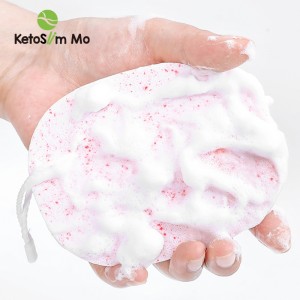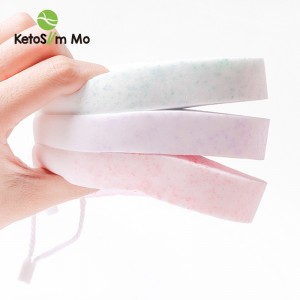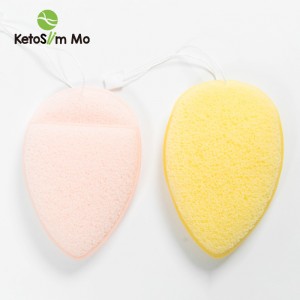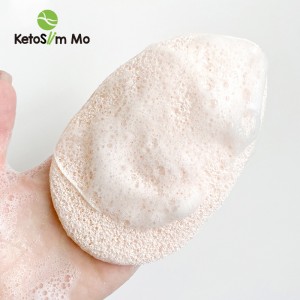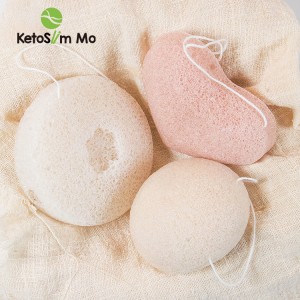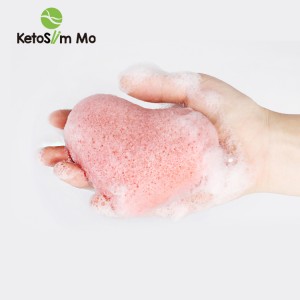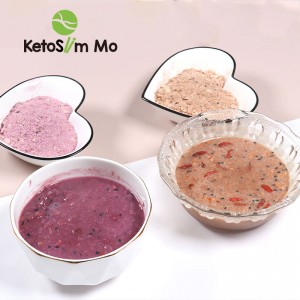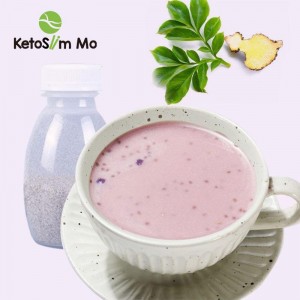Wholesale Natural Organic Facial Cleansing Konjac Sponge
What is Konjac sponge?
Konjac sponge is a kind of sponge made from plant fibers. More specifically, it's made from the roots of the konjac plant, which originated in Asia. When placed in water, Konjac sponges expand and become soft and somewhat rubbery. It is known for being extremely soft. The important thing is that it's biodegradable, which is great because it's environmentally friendly and doesn't pollute the environment, and Konjac sponges don't last forever (no more than 6 weeks to 3 months is recommended). If sponges are used for too long or left in a cool, damp place for too long, your sponges are prone to breeding bacteria, so hold your sponges in the sun regularly to kill bacteria. If you read the reviews of Konjac sponges, you'll often see that people find these facial sponges very clean and don't cause dry and tight skin.
Products Description
| Product name: | Konjac Sponge |
| Primary Ingredient: | Konjac Flour, Water |
| Fat Content (%): | 0 |
| Features: | gluten/fat/sugar free, low carb/high fiber |
| Function: | Facial cleansing |
| Certification: | BRC, HACCP, IFS, ISO, JAS, KOSHER, NOP, QS |
| Packaging: | Bag, Box, Sachet, Single Package, Vacuum Pack |
| Our Service: | 1.One-stop supply china
2. Over 10years experience 3. OEM&ODM&OBM available 4. Free samples 5.Low MOQ |
How to use Konjac Sponge?
Submerge konjac sponge in very hot water for about three minutes every week. Do not use boiling water, as this can damage or deform the sponge. Carefully remove it from the hot water. Once cooled, you can gently drain the excess water from the sponge and place it in a well-ventilated area to dry.
Konjac sponges come in a variety of colors. For example, there are black or dark gray versions, usually charcoal Konjac sponges. Other color options may include green or red. These changes can be caused by the addition of other beneficial ingredients, such as charcoal or clay.
Other common beneficial ingredients you might see in konjac sponges include green tea, chamomile, or lavender.



